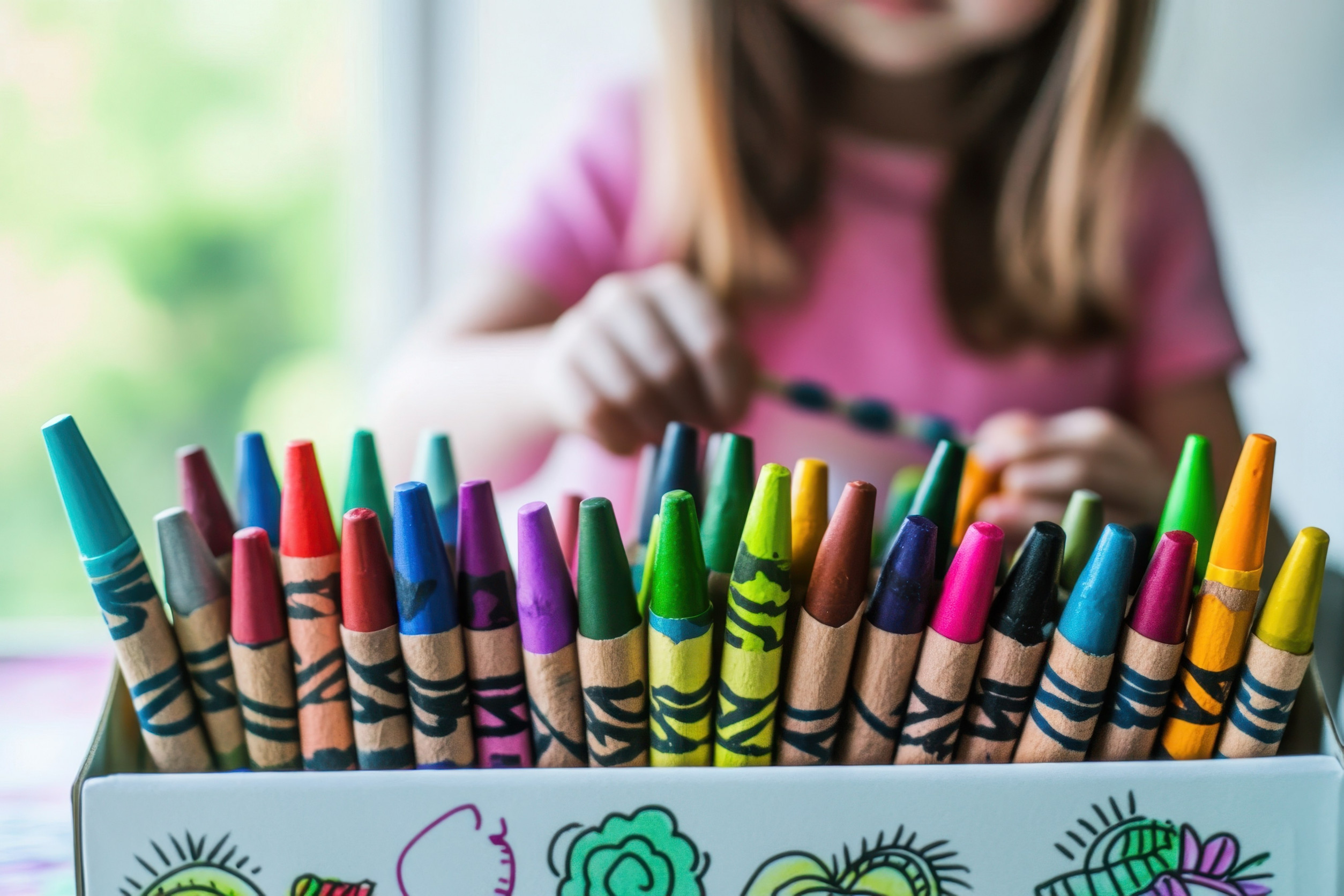Shopping for toys should be fun and safe, not a game of chemical roulette. But many popular children’s toys are made with ingredients linked to serious health concerns—including cancer. From plastic dolls to bath toys and even art kits, some products contain cancer-causing materials that parents rarely know to watch for. These toxins might not be visible to the naked eye, but over time, exposure through touch, inhalation, or even mouthing can add up. Before you fill the toy box, check out these ten common culprits that could be putting your child at risk.
1. Cheap Plastic Dolls With PVC
Many budget-friendly dolls and action figures are made from polyvinyl chloride (PVC), a plastic that often contains harmful additives. During manufacturing, PVC is softened with phthalates, which are chemicals linked to hormone disruption and cancer. Over time, these toxins can leach out, especially when the toy is chewed or heated. While the doll may look harmless, the long-term health risks are anything but. Avoiding toys made with PVC is one way to limit your child’s exposure to cancer-causing materials.
2. Bath Toys With Mold and Chemical Additives
Rubber duckies and other bath toys may seem like classics, but many are made from synthetic rubber or vinyl that includes toxic plasticizers. These materials can break down over time in warm, moist environments, leaching chemicals like phthalates or forming mold inside. Children often squeeze or mouth these toys, increasing their risk of ingesting harmful substances. Some studies have even found carcinogenic compounds in the water that leaks out of used bath toys. Safer options include toys made from food-grade silicone or sealed designs that don’t trap moisture.
3. Slime Kits Containing Borax
DIY slime kits have exploded in popularity, but many contain borax or boric acid—ingredients flagged for reproductive toxicity and potential carcinogenic properties in high doses. The concern grows when children mix slime by hand or play with it for extended periods without washing afterward. Skin contact can lead to rashes, and accidental ingestion (especially with younger kids) can be even more dangerous. While borax isn’t banned, its use in toys is controversial in several countries. Look for borax-free slimes or make your own with safe, non-toxic ingredients.
4. Costume Jewelry with Lead and Cadmium
Children’s play jewelry, especially inexpensive pieces sold in bulk or from discount stores, often contains heavy metals like lead or cadmium. These are two well-known cancer-causing materials that have also been linked to developmental and neurological damage. Since kids tend to put items in their mouths, even brief contact can be harmful over time. Some pieces tested have shown shockingly high levels of toxic metals, especially in paint and metal coatings. Always opt for jewelry labeled lead-free and avoid anything without safety certifications.
5. Painted Toys Without Safety Certifications
Brightly colored wooden toys might appear eco-friendly, but unless the paint is labeled non-toxic and lead-free, it can still pose a risk. Older or imported toys may use paint that contains lead or other carcinogenic compounds. Even small chips or flakes can become dangerous if inhaled or ingested. When shopping for wooden toys, look for certifications like ASTM or EN71 to confirm that they meet child safety standards. Choosing trusted brands helps reduce the risk of exposure to hidden cancer-causing materials.
6. Vinyl Lunchboxes and Backpacks
Many kids’ accessories like lunchboxes and backpacks are made from vinyl or plastic-coated fabrics. These often contain phthalates and other cancer-causing materials used to make the product flexible and durable. Over time, these chemicals can rub off onto food containers, hands, or other belongings inside the bag. Some manufacturers have begun using safer materials, but not all labels clearly list what’s inside. When in doubt, choose fabric-based options or bags labeled phthalate-free and BPA-free.
7. Crayons and Art Supplies with Talc or Asbestos Contamination
You might be shocked to learn that some crayons and colored powders have tested positive for asbestos contamination due to talc. Talc is a mineral that can naturally occur near asbestos in the earth, and when not properly refined, both can end up in finished products. Asbestos is a well-known carcinogen, and the idea that it could be in your child’s craft box is deeply concerning. Always buy from reputable brands and check for third-party testing on crayons, chalk, and powders. Steers clear of novelty or off-brand supplies that don’t disclose their ingredient sources.
8. Inflatable Toys Made with Toxic Plasticizers
Inflatable balls, beach toys, and bouncy castles are often made from PVC and include plasticizers to maintain flexibility. These plasticizers can include phthalates and other compounds tied to cancer and hormonal disruption. Since these toys are often used outdoors and in warm conditions, they’re more likely to break down and release harmful chemicals. Look for inflatable toys labeled phthalate-free or made with alternative materials like TPU (thermoplastic polyurethane). These provide the same fun without the hidden risk.
9. Glow Sticks and Glow-in-the-Dark Toys
Glow products are a hit with kids at parties and nighttime events, but many contain dibutyl phthalate or similar chemicals inside. While they’re generally safe when intact, cracks or leaks can expose your child to these toxic substances. Contact with the skin or eyes can be irritating, and ingestion may require medical attention. These additives are not just unpleasant—they are flagged as potential cancer-causing materials in high exposure scenarios. If you love glow products, opt for LED-based alternatives instead.
10. Soft Plastic Toys from Unknown Brands
Those squishy, squeezable plastic toys are fun and affordable, but many are manufactured with minimal regulation. When they come from unknown brands or lack safety labeling, the risk of cancer-causing materials increases. Without proper oversight, they may contain banned substances or dangerously high levels of toxins. Kids often play with these for extended periods or even nap with them, increasing daily exposure. Choose toys from verified brands that submit to strict third-party chemical testing and provide full transparency.
Choosing Safe Doesn’t Mean Choosing Less Fun
Protecting your child from cancer-causing materials doesn’t mean emptying the toy box or never buying new things again. It’s about staying informed, reading labels, and opting for quality over quantity. Even small shifts—like choosing wooden toys with non-toxic paint or ditching vinyl backpacks—can make a meaningful difference. Safe toys still bring plenty of fun, just without the hidden risks. With a little research and care, you can shop smarter and help your child play safer.
Have you ever discovered a hidden danger in one of your child’s toys? Share your story or tips for safer toy shopping in the comments below!
Read More:
8 Everyday Products Dangerous for Toddlers
5 Toys That Were Never Designed to Be Used by Children
The post Before You Buy: 10 Popular Kids’ Toys With Cancer-Causing Materials appeared first on Kids Ain't Cheap.








